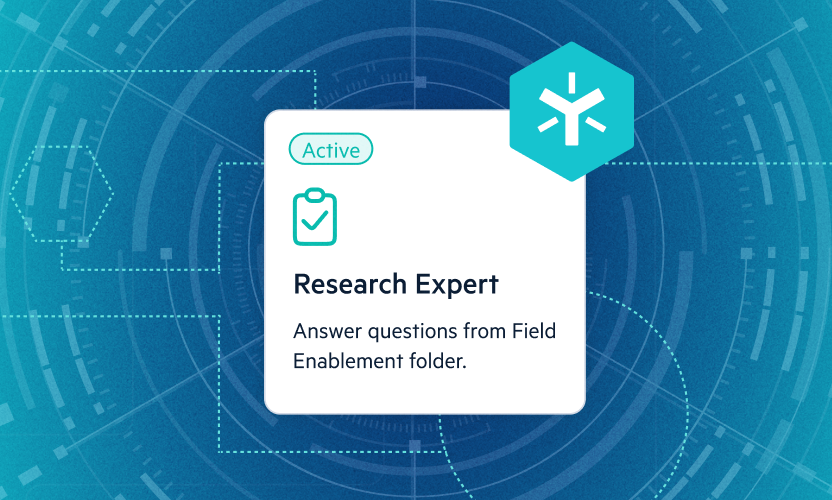To cloud or not to cloud …..

That is the question many are asking in the wake of the news surrounding the seizure of Megaupload last week. Aside from being a pun on Hamlet’s soliloquy, this is a very poignant question, because cloud storage is becoming an inseparable part of modern life (be it Apple’s iCloud, Microsoft’s SkyDrive, Amazon’s Cloud Drive, Egnyte or the ‘box’es …) for consumers as well as enterprises. In many ways the question is not whether to use cloud storage, but how can one use cloud storage effectively and minimize the risk to business disruption.I have a few pointers in that direction …
- Don’t mix Consumer Cloud Services & Enterprise Class Services
- Use hybrid storage cloud rather than a pure cloud-only service
- Manage the data lifecycle effectively
- Match the business requirements and the domain impedance
- Pay attention to data interoperability
Please allow me to explain …a) Don’t mix Consumer Cloud Services & Enterprise Class ServicesThere is a marked difference in terms of control and management when it comes to enterprise cloud storage. Never mix a bit-locker class storage cloud and enterprise data.Enterprise class storage services have well-structured permission capabilities, directory level sync capabilities, a very detailed administrative layer with well defined user onboarding primitives and strong security policies. Enterprise class control and visibility is the key. The best practice whether you are a small, medium or large business is to use an Enterprise Class cloud storage provider for your enterprise storage and the risk of a shutdown is minimal. There is still a small chance … so follow the rest of the pointers.b) Use a hybrid cloud storage solution rather than a pure cloud-only serviceNow that you have chosen the Enterprise Class cloud storage, the next pointer is to use Hybrid Cloud rather than a cloud-only solution. In a hybrid cloud storage solution, the cloud acts as an intermediary that maintains a super set of your data, with the local cloud acting as the primary storage.
- The local cloud storage can be a set of NAS devices (or virtual appliances) in your organization (with multiple devices at different locations/branch offices) or personal local clouds on people’s laptops.
- Talking about what I know best, Egnyte has well honed sync algorithms that are capable of syncing the local clouds with the Egnyte cloud continuously, on demand or periodically.
- The permissions and groups are maintained consistently and coherently across the local and remote clouds .
In many ways the hybrid cloud is the answer to Paul Samuelson’s dilemma “have one’s cake and eat it too …”If your local NAS box (or the laptop hard disk) crashes, the remote cloud acts as backup; and the local cloud acts as backup if your cloud service goes down …c) Manage the data lifecycle effectively Another important aspect of a good storage scheme is to manage the lifecycle – all data are not created equally. Usually enterprise data has a temporal affinity – for example revisions and versions are important while working on a proposal or a presentation, but after the proposal is submitted only the last couple of versions are of interest. In Egnyte’s case, we maintain versions of the documents (the version policy can be tweaked by the admin) thus giving you the ability to track changes between versions as well as the ability to traverse between versions created by different folks working on the document. Of course, the merge has to be done manually – but the information is not lost.I think this is an important feature especially in this busy world. Overwrites happen, simultaneous updates are facts of life – the best way is to accept them and have a way to succeed in spite of the maddening crowd!Back to the main feature discussion, the best practice is to keep the earlier versions only in the cloud and keep working the set in a scalable cloud storage provider like Egnyte.d) Match the business requirements and the domain impedance This is related to the data life cycle, but from a data organization perspective. The business requirements span a spectrum - effective collaboration, exchange information not only between employees but also partners and customers, data retention, business continuity as well as compliance requirements. Naturally, choosing an Enterprise class cloud provider and using a Hybrid Cloud storage model mitigates some of these risks. But the question at hand, is how do you mitigate the risk of a disruption of the cloud service provider with effective collaborative sharing as opposed to consumer media storage is interesting.As I had pointed out earlier, the hybrid cloud acts as the mitigation strategy for the disruption of the cloud. The laptops and the local cloud devices (NAS/Virtualized appliances) act as the 1st line of storage,.But if you want to be more cautious, you can have a separate secondary cloud provider just for periodically backing up your data (especially the older versions) while using a primary hybrid cloud like Egnyte for daily operations and collaborative sharing.. Even though I work for Egnyte, I have no problem in suggesting this strategy, our goal is for you to be confident, strong and succeed …e) Pay attention to data interoperabilityThis is important. You don’t want to be in a platform that is “vendor lock in”. In Egnyte’s case, we do not have any form of vendor lock-in. You can fire up a PLC or an ELC and replicate all your data. The data is stored in normal directories in that device and will be there even after you have terminated your account with us.We are a strong proponent of interoperability and open interfaces. In fact, this Monday, I am going to participate in the SNIA CDMI Cloud Storage Interoperability forum. And we plan to develop an interoperable CDMI interface as an app over our platform APIs.Finally, the answer to “To Cloud or not to cloud” is “Thou shall use Enterprise-grade Hybrid Cloud and that too from Egnyte … “ And, sure, Box-ing is an honorable alternative, if you are in a small organization …;o)Krishna Sankar, Lead Architect, Egnyte




